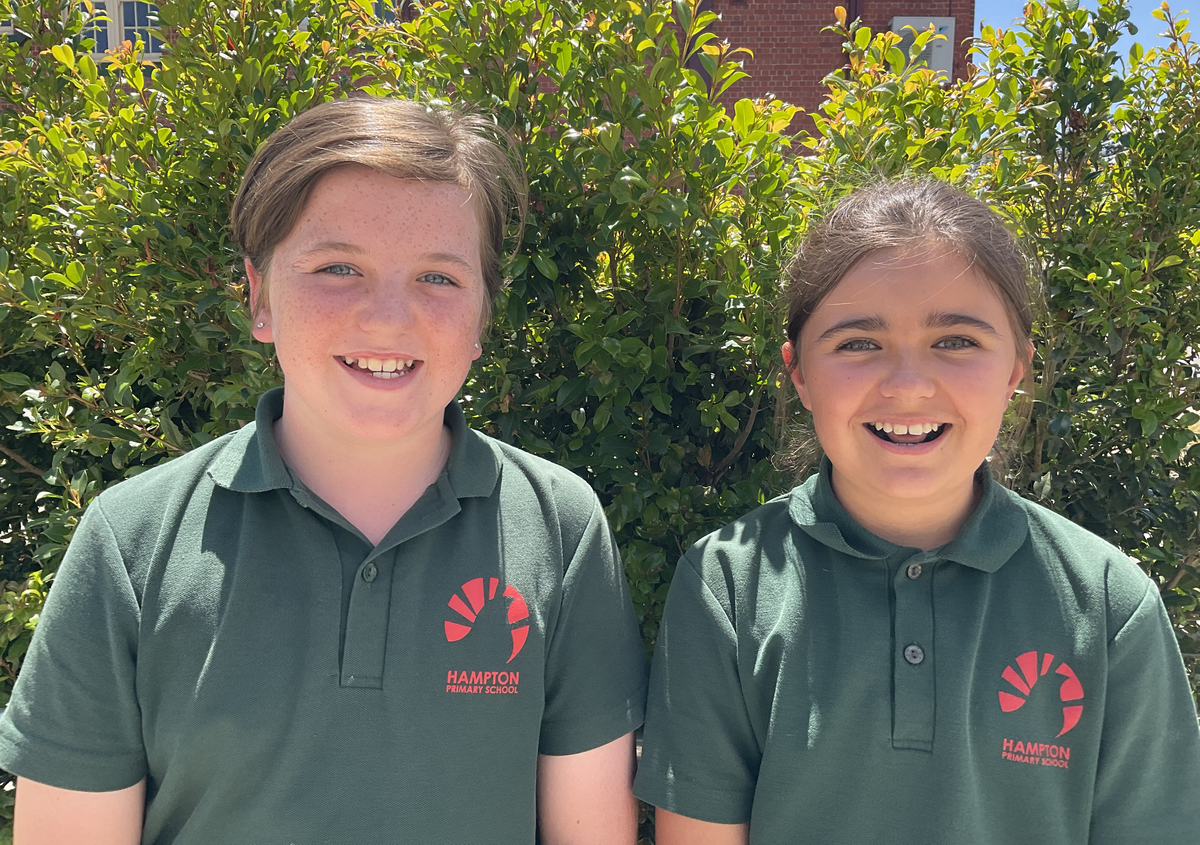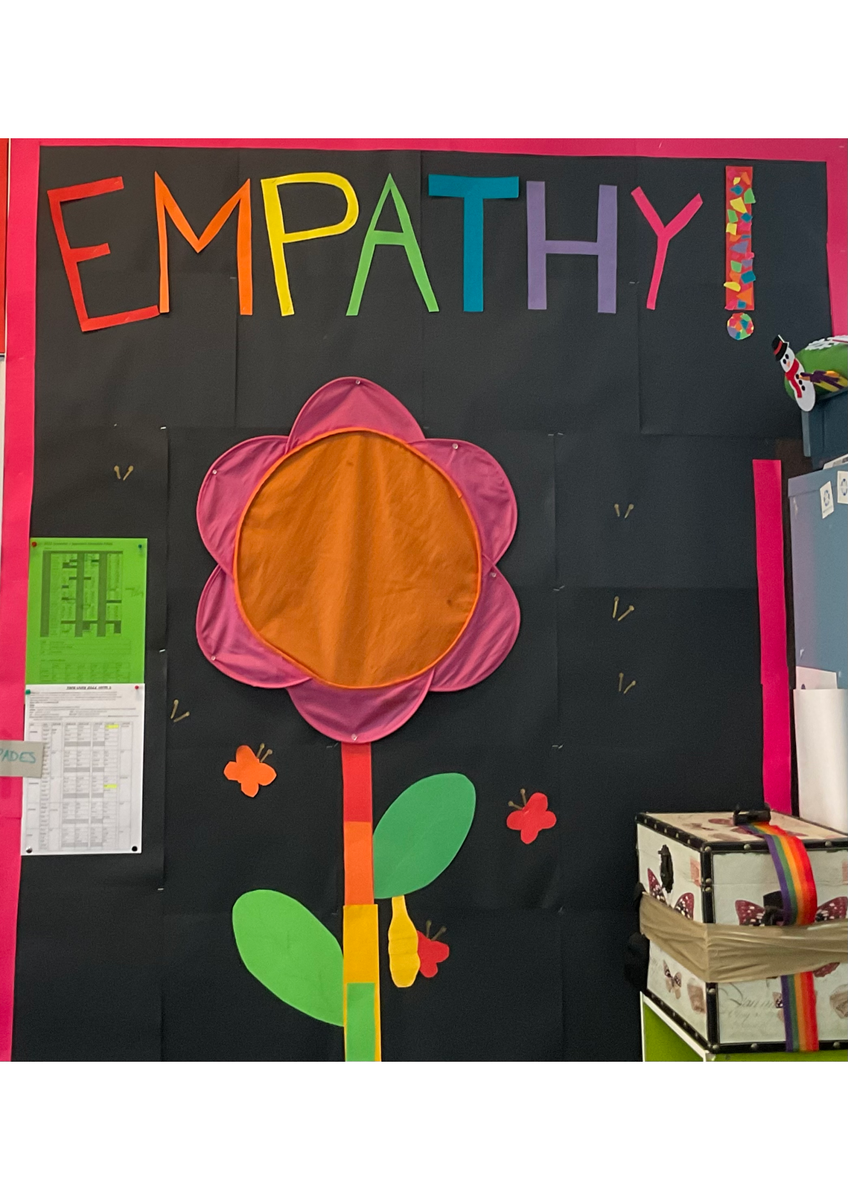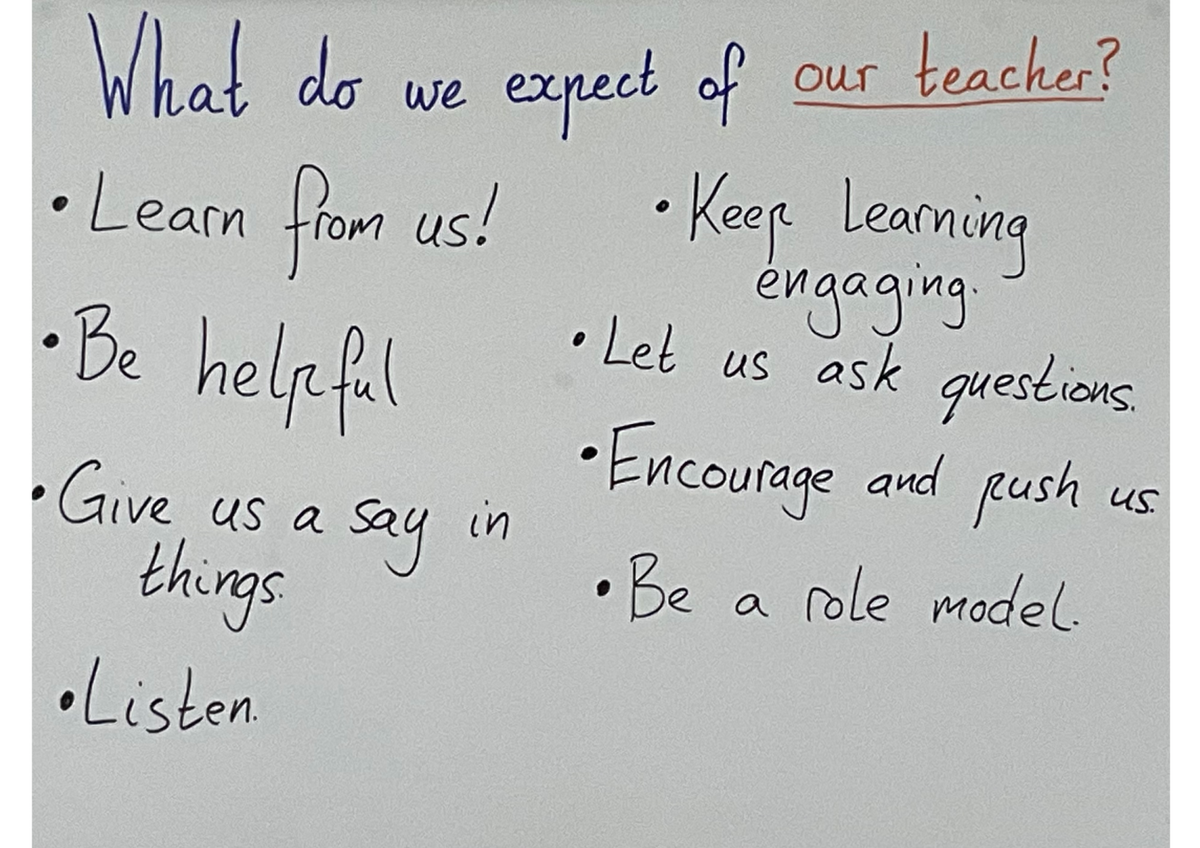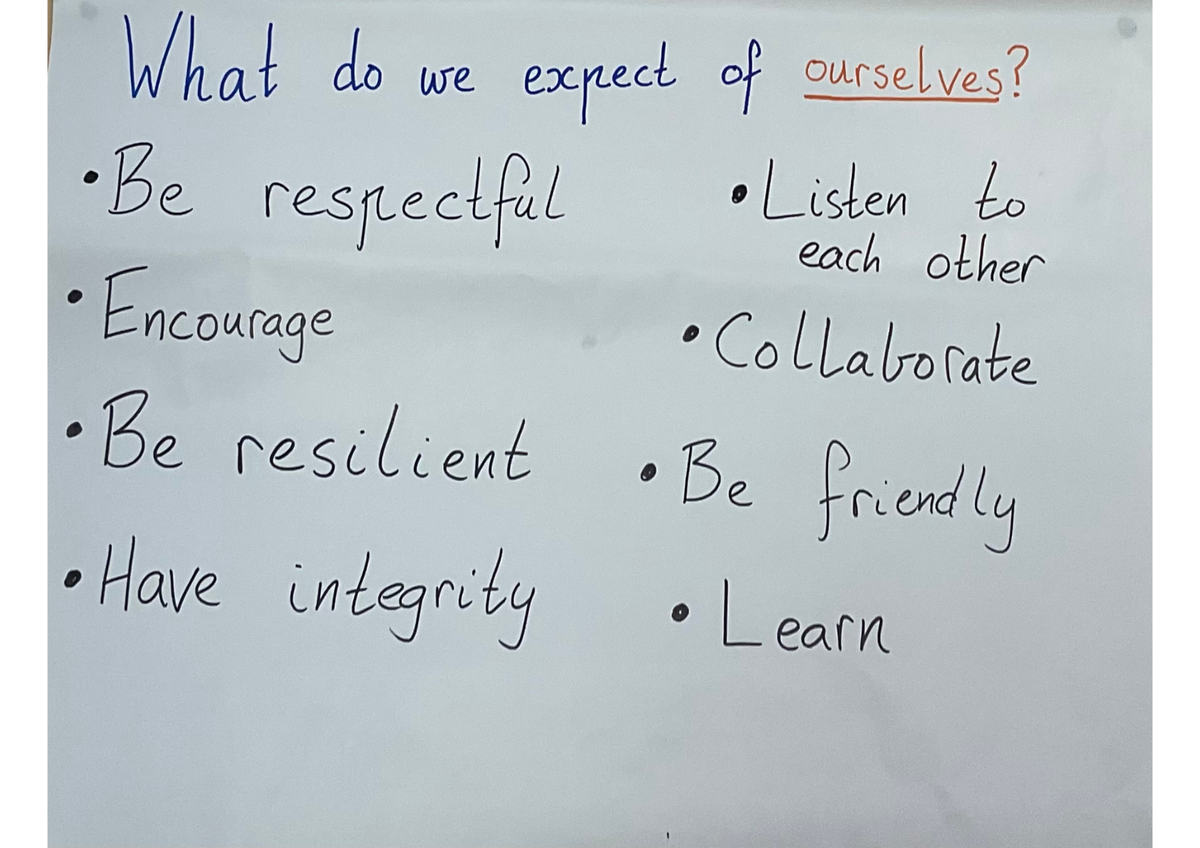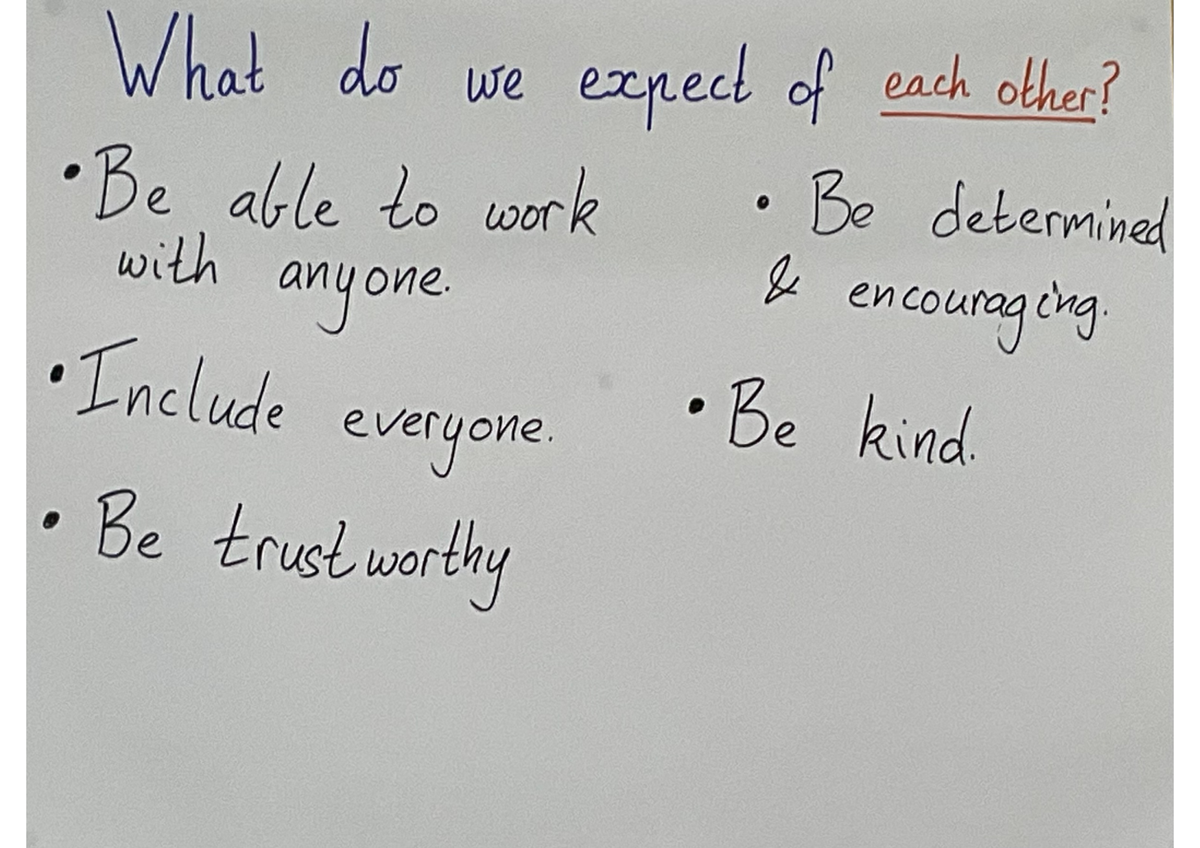Wellbeing: Student Learning

Wellbeing at HPS
Each fortnight we will bring you information on what’s happening here at school. Read along as we shine a spotlight onto different year levels as they learn about the various elements of positive Wellbeing. There will be useful information from Parenting Ideas and The Resilience Project to support our community, along with any other useful resources.
Meet our 2022 Wellbeing Captains
Hi, my name is Ruby Smith, and I am one of your wellbeing captains for 2022. I wanted to be a wellbeing captain because after 2 years of lockdown and isolation and covid stress, I think that wellbeing is way more important than ever. I will make sure all the kids at our school can be as happy as they can be. I look forward to helping other kids at the school. I think wellbeing is all about mental health. Doing things for yourself and not caring what other people think, making sure you're happy and not changing yourself for anyone.
Hi, my name is Sam Newew and I am also one of your wellbeing captains for 2022. I hope we can educate the school on how to be more mindful and understand what wellbeing means and what to do if you feel anxious, stressed or even really sad.
I wanted to be a wellbeing captain because I want to help the school promote mental health and wellbeing. I also wanted to become the wellbeing captain because I have experience with helping people with their mental health and I feel like I have a good understanding of what wellbeing is. Wellbeing is all about mental health and making sure you're feeling good and checking in on yourself and others around you and learning to understand how you can help others.
This week Ruby and Sam shine the spotlight on Grade 6
What have the Grade 6’s done this week? We made a CAIR bead curtain in Lote. We had to say “this is my collaboration bead” and then what we’re going to do to be collaborative and the same for each of the other norms. The bead curtain is hung at the door. We also have organised our diaries to help us stay on track and not get stressed. Finally we discussed the classroom rules and norms.
All classes have been working on expectations to ensure a calm and productive learning environment is created. It is very important to spend time setting up each classroom to enable all students to have success. Student voice is captured during the process so that there is collective ownership of the way a classroom should function and how teachers and students work together to promote harmony.
Amanda Howe
Teaching Wellbeing in Grade 6
How do we learn about wellbeing in Year 6?
Wellbeing is vital to learning as it's having a healthy state of mind and body. If we don't feel safe and respected, it's very challenging to extend ourselves as learners and to feel confident enough to take risks and experience failures. Why is failing important to learning? Failure doesn’t mean that you haven’t worked hard; it simply means that you need to take another approach to achieve what you want. We learn to collaborate, dream big, use our integrity and develop skills of resilience. Sound familiar?
In Year 6, the main focus at the beginning of the year is to set up an effective and productive learning environment in our classrooms. (This also happens in all other year levels.) We then continue to develop and refine our understanding of wellbeing over the course of the year.
We -
- redefine the norms and clarify our understanding of them
- form a negotiated classroom agreement so that students and teachers know what is expected from them and what they can expect from others.
- develop the relational trust between students and teachers
- learn to collaborate with anyone and everyone
- develop enough self-awareness to manage our emotions and reactions to various situations
- develop skills of self-regulation so that we are organised and productive learners
- learn strategies for GEM (gratitude, empathy, gratitude)
- learn how having a healthy body benefits our learning
- use resources from The Resilience Project and Respectful Relationships
How can you help at home? Find a regular opportunity to talk things over, without interruptions or time pressures. This means that you are telling your child/ren that their wellbeing is first and foremost in your mind. It signals that you value their opinions, are giving them a voice and allows you to negotiate tricky and not so tricky topics or issues. Please contact your child's teacher if you want to discuss any concerns.
Sharon Dowling

